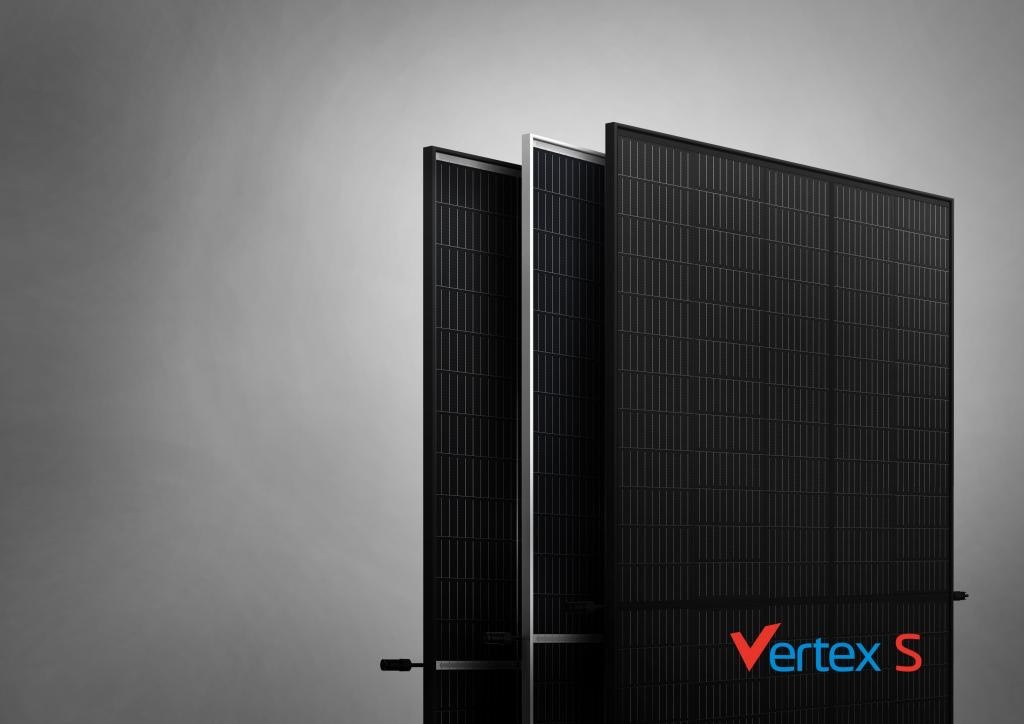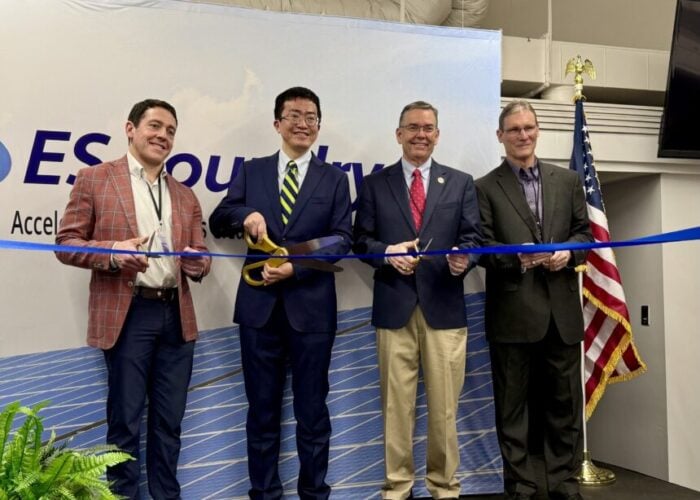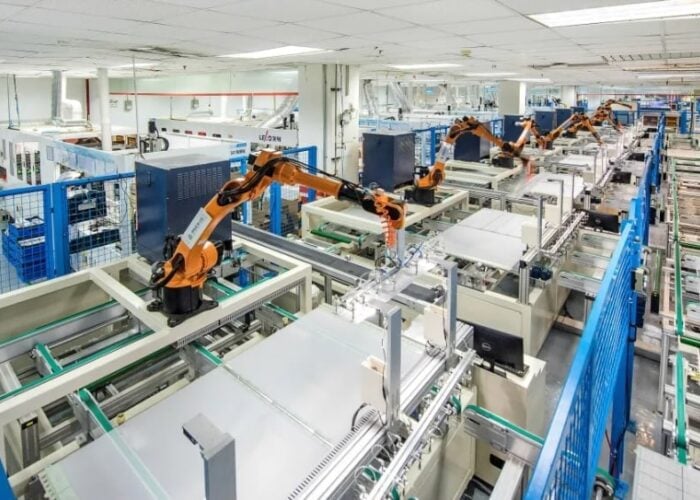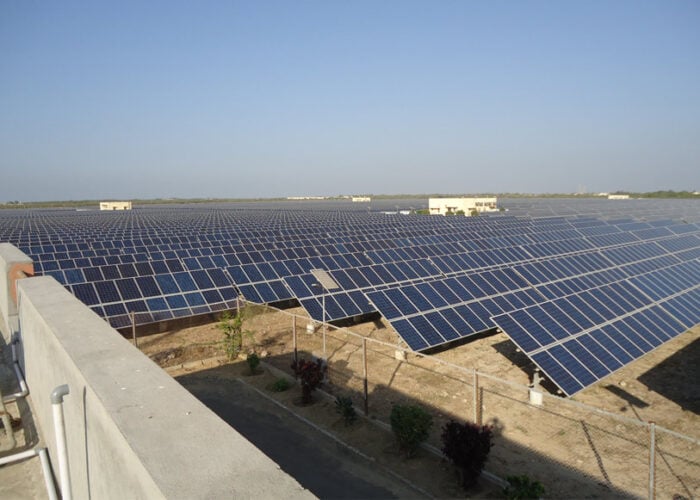
Trina Solar has achieved a record aperture module efficiency of 23.03% for larger-area industrial silicon p-type modules, the manufacturer said.
The ‘Solar Module Super League’ (SMSL) member said its researchers were able to increase module efficiency thanks to new multi-busbar technology to improve optical shading while also using hybrid soldering technology that minimises the gap between cells.
Unlock unlimited access for 12 whole months of distinctive global analysis
Photovoltaics International is now included.
- Regular insight and analysis of the industry’s biggest developments
- In-depth interviews with the industry’s leading figures
- Unlimited digital access to the PV Tech Power journal catalogue
- Unlimited digital access to the Photovoltaics International journal catalogue
- Access to more than 1,000 technical papers
- Discounts on Solar Media’s portfolio of events, in-person and virtual
Or continue reading this article for free
The milestone, which has been independently confirmed by both TÜV Rheinland and TÜV Nord, was achieved with Trina’s Vertex p-type monocrystalline module that is based on 210mm x 210mm high-efficiency PERC cells.
“To the best of our knowledge, it is the first large-area p-type commercial module with aperture efficiency over 23%,” said Yifeng Chen, head of Trina Solar’s high-efficiency cell and module R&D centre.
Having unveiled the Vertex range last year, Trina has since launched its 670W Vertex panel that has efficiencies of up to 21.6% and features non-destructive cutting, high-density interconnection and multi-busbar technologies.
In 2020, the company shipped 15,915MW of PV modules, an increase of 81% year-on-year, as it benefited from a surge in shipments to markets across Europe and North America. It has since signed a long-term module supply agreement with US utility NextEra Energy totalling 4GW.







